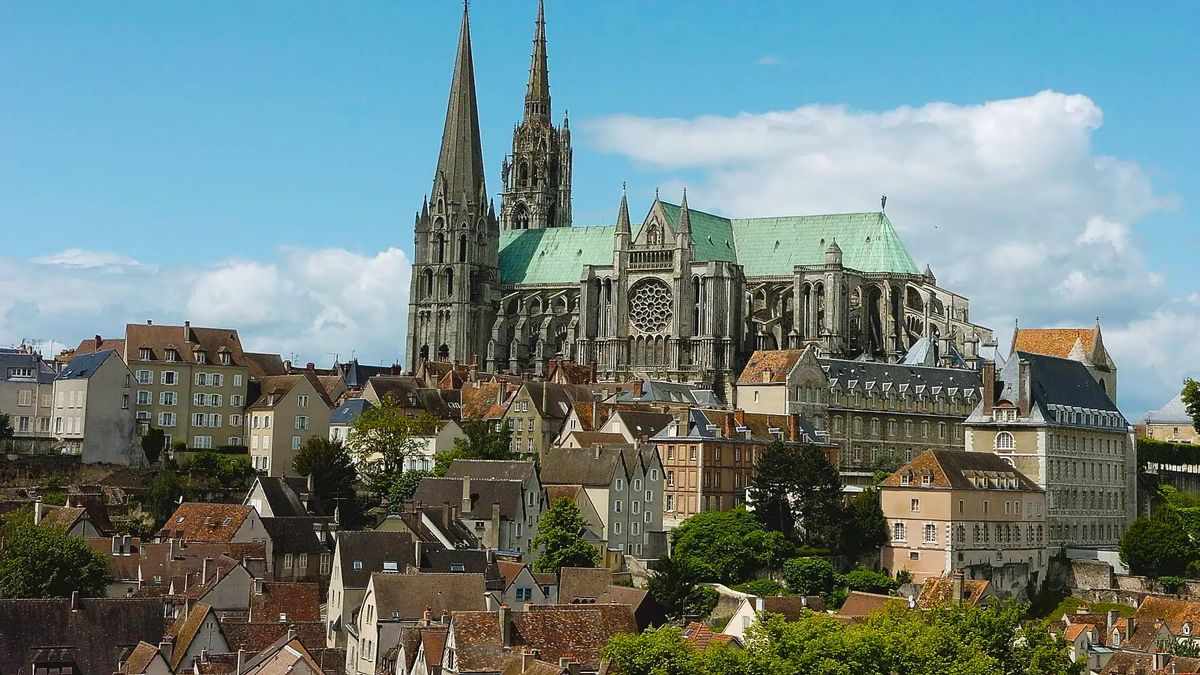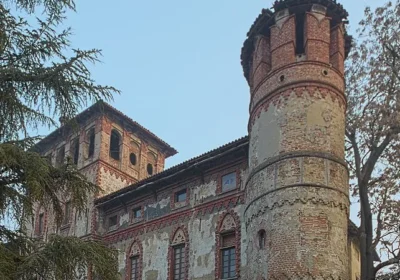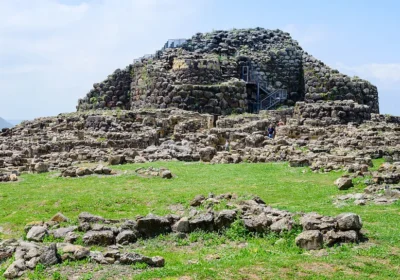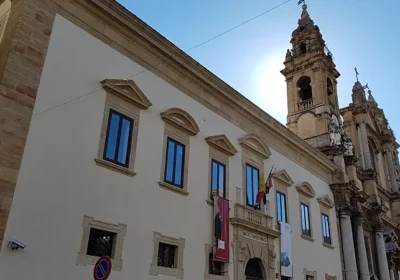Chartres is a charming medieval town 90 km from Paris, located at the crossroads of Normandy, Bretagne and the Châteaux de la Loire.
The “modern” history of this city dates back to the middle of the first millennium, when the first Catholic church was built in Chartres. In the IX century, the fourth church stands in its place, to which the French King Charles II the Bald, of the Carolingian dynasty, gives the Veil of the Mother of God. Tradition claims that it was this garment that Our Lady wore at the moment of Christ’s birth.
In 911 the Normans appeared under the walls of Chartres. Then the first miracle connected with the Veil took place, it was hung on the city wall by Bishop Jeantelme, and the Normans fled. The second miracle in Chartres occurred in 1194, when the Chartres Cathedral was almost destroyed by fire. But the casket in which the Shroud of the Virgin Mary was kept survived! It was transferred to an underground cache-chapel. Almost immediately after the fire, in 1194, the construction of a new cathedral dedicated to the Virgin Mary and named Notre-Dame de Chartres (Cathedrale Notre-Dame de Chartres) began in Chartres.
The cathedral was built for a century and a half and was consecrated in 1260 in the presence of King Louis IX. It is the first cathedral in the history of France dedicated to the Virgin Mary. It has survived to this day virtually intact. Located on a high hill above the city, Chartres Cathedral has been called the “Acropolis of France”. It is compared to an encyclopedia, which reflected the worldview of different strata of French society in the first half of the XIII century.
Kings and princes came here to worship the famous relic, and Henry IV chose this cathedral for his coronation.
The cathedral is also famous for its unique stained glass windows from the XII-XIII centuries. The oldest of them have that unique deep blue color, which is called “bleu de Chartres”. In the XVIII century in the cathedral appeared an unusually expressive series of bas-reliefs on biblical themes, located around the altar part of the cathedral. In the middle of the temple is the famous labyrinth – one of those for which medieval temples were famous and on which, on their knees, moved penitents and pilgrims … Under the cathedral preserved two ancient crypts – underground churches, one of which dates back to the IX century, and the other is the largest in France …
The old town, stretching from the cathedral to the banks of the river Eure, is rich in 16th century houses decorated with wooden sculptures. Walking along the narrow picturesque streets of Chartres, you can go to one of the many pastry shops and taste the pale greenish-colored meringue candies filled with delicate chocolate and pralines “Menshikov”, which were first made by confectioner Domenil in 1893 in honor of the Franco-Russian alliance.

















